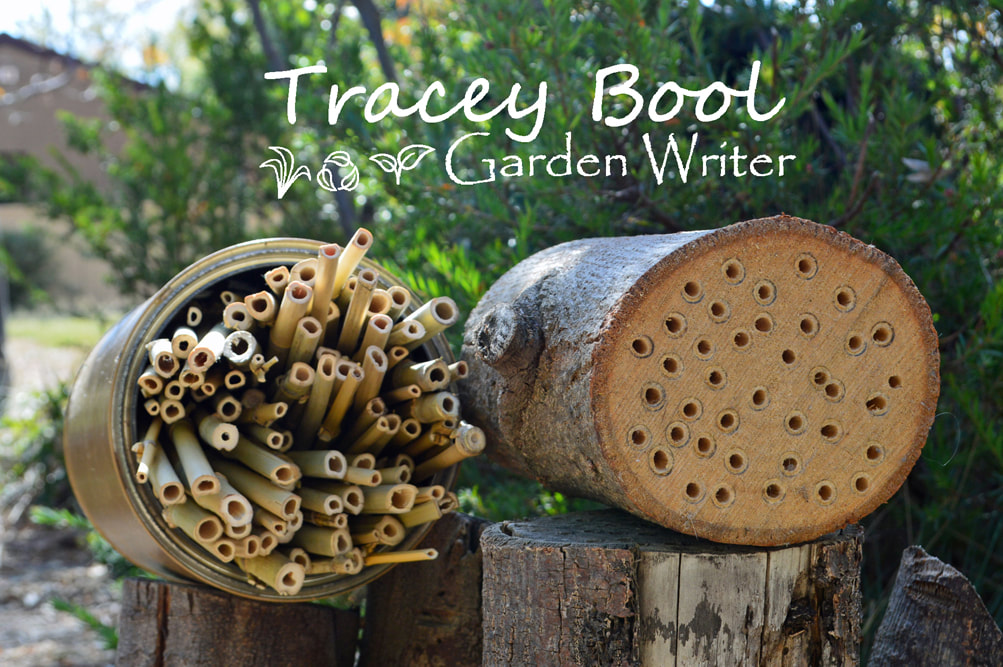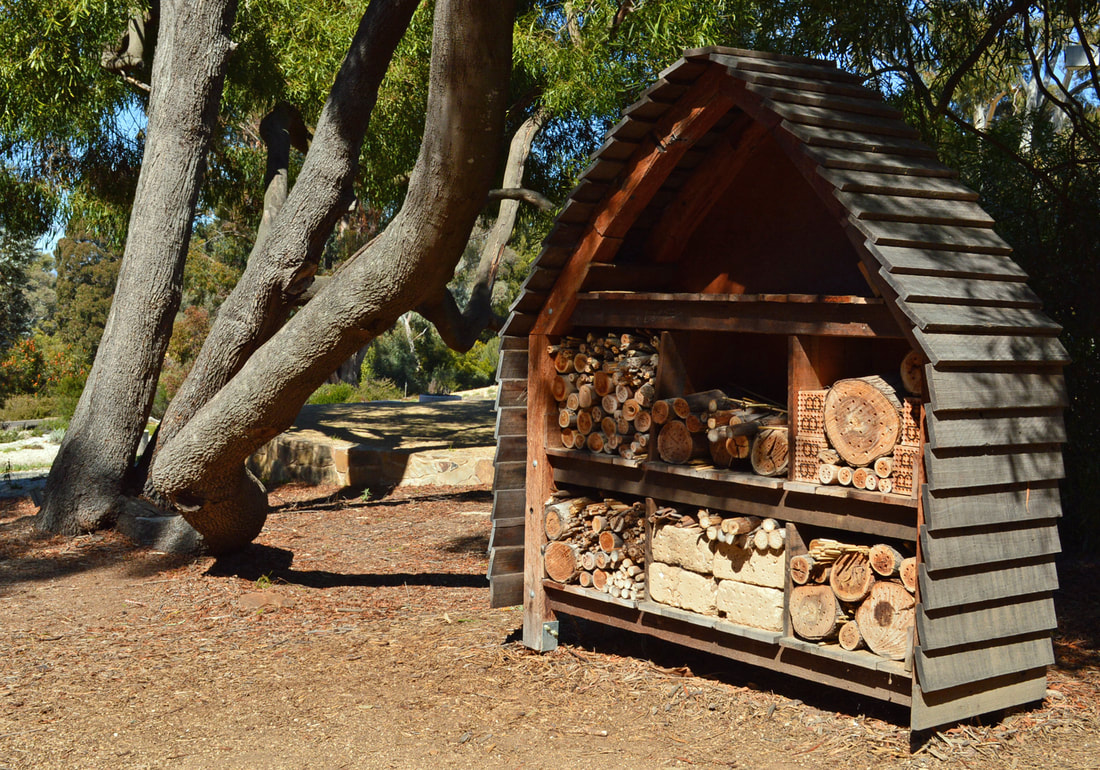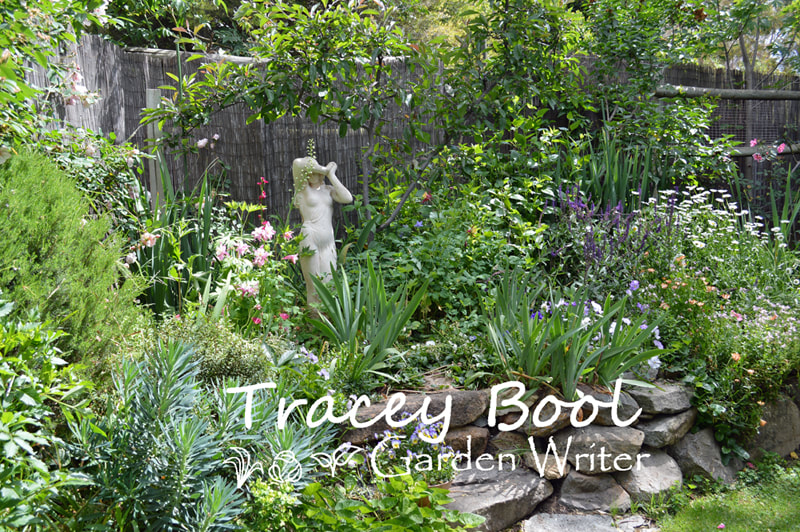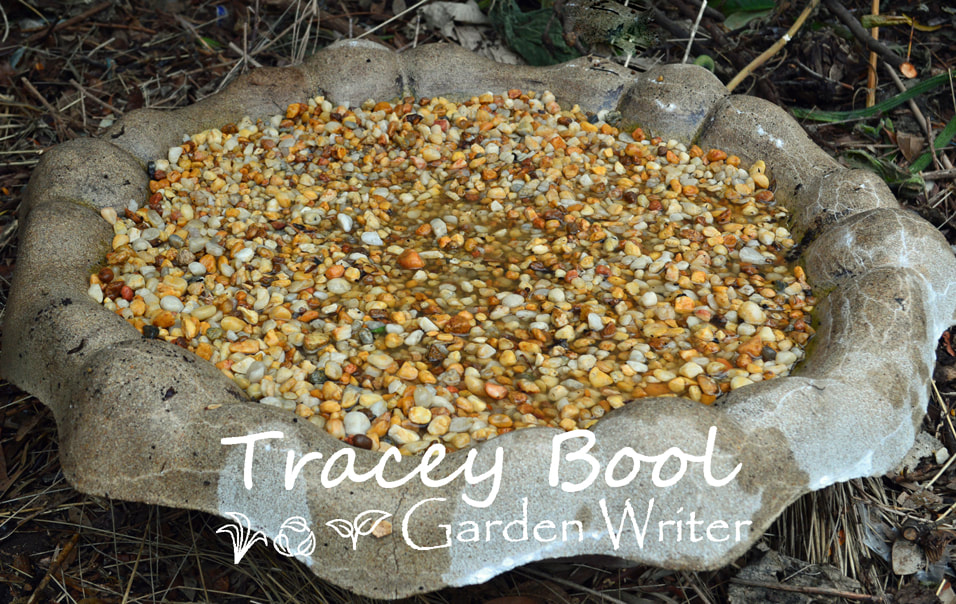|
Building beneficial insect and solitary bee accommodation in your garden
An insect hotel provides habitat and nesting opportunities for a wide range of beneficial insects and solitary native bees. Urban landscapes are often built up, covered in hard surfaces such as concrete and bitumen, and lacking in grasses, flowers, shrubs and trees – all making it anything but hospitable for these invaluable creatures. By creating wildlife habitats in our own backyards, including the addition of an insect hotel or two, we are filling a need for local wildlife and promoting bio-diversity in suburbia. Some native beneficials are communal but many are solitary, including countless species of native bees. Some nest and hibernate in hollow stems, while others, such as blue-banded bees, nest in exposed areas of sandy clay soils. Hence why an insect hotel includes a range of rooms for its VIP guests. The following are some of the rooms you may like to include in your hotel:
Placement of your hotel: It’s all about location location location! Put your hotel in a sunny position with open flight access and protected from wind, rainfall, and hot summer sunlight. Ensure it is well secured for the comfort of guests. Avoid putting your hotel in areas where European honey bees are active or living as they are territorial, and you may also risk introducing pest & disease problems. Plants to compliment your insect hotel: To encourage beneficial insects and bees to visit your garden and call it home, include a range of plants, especially natives, with a diversity of flower colours, shapes and sizes, and which produce both pollen and nectar. Other insect-friendly considerations: There is such a thing as being too tidy in an insect-friendly garden – insects appreciate areas of natural litter, sticks, logs and other related ‘imperfections’. Reliable water sources throughout your garden are also a non-negotiable inclusion – areas of damp soil and mulch, as well as shallow drinking stations filled with pebbles, will transform your budget accommodation to five stars plus. |
|




